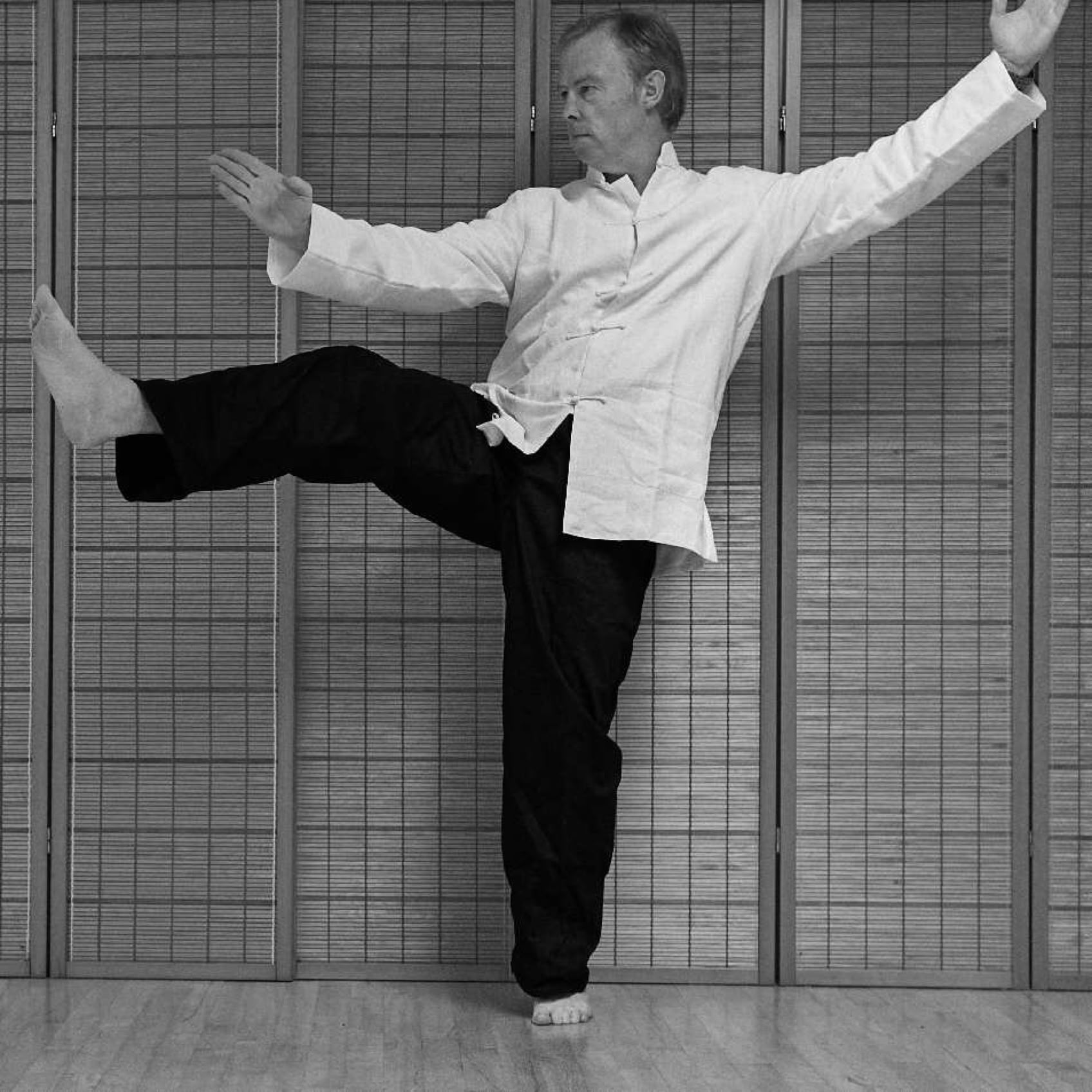YuanYi QuanFa 原意拳法
Bringing Reality To TaiJi and XingYi

Wudang (Practical)TaiJiQuan



Wudang TaiJiQuan
Anybody looking for self defence training, first and foremost wants to know that what they are training in, is effective and realistic. If you're more interested in Tai Chi for health please go here.
I've got over thirty years experience in teaching Tai Chi as a martial art and a background in the Police Service and other confrontational public sector work. My background as a Police Officer gave me something in common with my Tai Chi teacher; Sifu Dan Docherty. Dan worked in the Hong Kong Police, which is where he trained in Practical Tai Chi Chuan. The practicality and usefulness of the art was always paramount.
Sadly some practitioners think having an understanding of some basic applications makes Tai Chi a martial art, it doesn't! Others don't even have that knowledge. I take a strictly empirical approach to martial arts and self defence. All too often you will find demonstrations of so called self defence applications supposedly derived from certain moves in the form that are simply ridiculous, more expressions of vivid imagination rather than true insight or understanding.
I apply a simple test to any so called application; can I really envisage doing this or that on the street against a really aggressive assailant? Tai Chi is probably the most misunderstood martial art being practised today. Most people think of Tai Chi as being nothing more than a slow motion health exercise. That misunderstanding is quite understandable. That is after all how it was first introduced to the west 50 or so years ago.
In training Martial TaiJi the familiar hand form should be viewed as an historical artefact. In the early republican era in China TaiJi’s form and general training went through a simplification process, that resulted in the loss of much of the practical aspects, this was done to make the art more accessible to the general public. One of the results of this simplification is that the techniques in the form can’t be easily interpreted as practical applications. This is the reason why I researched earlier versions to create my Thirteen Dynamics Long Boxing.
Taijiquan is not only good for your health, but if trained properly, but also a really effective martial art. It’s effective because it is a well rounded and complete combat system. It includes hand and foot strikes, grappling and throws. TaiJi’s main feature is that it does not focus on the use of brute strength but rather the scientific use of body mechanics. All that said a weak body cannot hope to effectively use TaiJi in a real conflict.
But that is not to say that you won’t have to work hard! Because you most certainly will. This is particularly true when you progress onto training in Tai Chi Nei Gong. This is a demanding type of training that has become quite rare, it's rare in part because of its demanding nature, it forms part of what is referred to as 'Bitter Practice' in martial arts.
So, you might ask, how does the slow motion movement of TaiJi become a martial art? Good question. As mentioned above doing the form, no matter which form it is, is NOT enough, despite claims made by some wishful thinking TaiJi instructors. The study of forms does have a major contribution to make, form training has a number of objectives; relaxation, an understanding of efficient body mechanics, mental focus and training of the physical principles that underpin effective fighting technique.
Taiji offers a complete martial art system. It is characterised by low to medium stances, supple whole-body movements and explosive releases of power. This martial art embodies both yin and yang energies expressed through applications of “Jings” (movement patterns) known as; peng "to expand, maintain", lu "redirect, deflect to the side", ji "press forward", an "press downward", cai "pluck and pull down", lie "split", zhou "elbow strike", kao "leaning strike" and the tactics of; zhan "contact", lian "connect", nian "stick", sui "follow", teng "jump", shan "dodge", zhe "break", kong "empty", shuai "grapple and throw to the ground", da "strike", qin "capture", na "hold, grasp"
To utilise the above Jing and tactics we need to develop a strong and resilient body able to utilise functional strength. This is where Nei Gong and Zhan Zhuang (mentioned in the XingYi section) play crucial roles.
Partner training can range from pre arranged drilling and free style drills these are usually referred to as pushing hands, to free fighting.